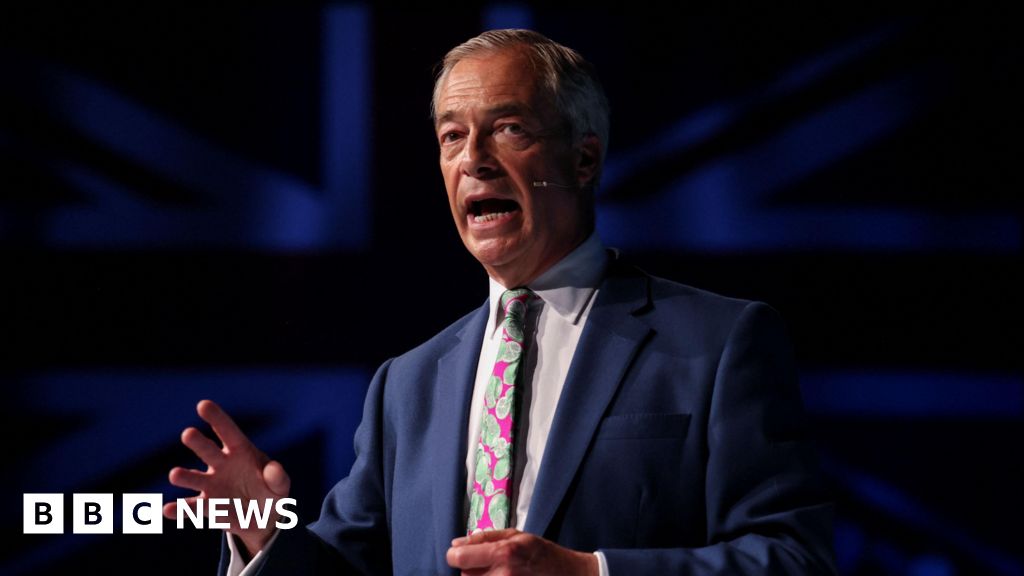Stay informed with free updates
Simply sign up to the US inflation myFT Digest — delivered directly to your inbox.
US inflation eased to 2.6 per cent in the year to May, according to the metric the Federal Reserve uses to set its target for price pressures, keeping the central bank on course for at least one interest rate cut this year.
Friday’s data, published by the Bureau of Economic Analysis, on the personal consumption expenditures index was in line with economists’ expectations that headline US inflation would dip slightly from 2.7 per cent in April.
“Core” PCE, which ignores changes in food and fuel prices, was 2.6 per cent, in line with expectations of economists polled by Reuters of a 0.2 percentage point drop from 2.8 per cent in April. It was the lowest reading since March 2021.
The Fed’s target for headline PCE index is 2 per cent a year.
The month-on-month headline rate was flat, while core prices edged up by just one-tenth of a percentage point — readings that are in line with the 2 per cent annual goal.
Fed officials’ next rate-setting vote is on July 31. Markets expect roughly two quarter-point cuts this year, with a slightly more than 50 per cent chance of the first being in September — the final policy decision ahead of the presidential election on November 5.
However, Eswar Prasad, professor at Cornell University, described a move in September as “a low-odds proposition given the gradual pace at which inflation is easing”.
“On current trends, the odds are better for a cut later in the year,” he said.
While inflationary pressures have lessened in recent months, disappointing data at the start of the year has led the central bank to delay the start of a rate-cutting cycle.
Ryan Sweet, chief US economist at Oxford Economics, said the reading was “encouraging news” and — while the Fed was not yet “anywhere near ready to declare victory” — the slowdown in the labour market was becoming a more important factor in its decision-making.
“The Fed’s got to thread a needle where they continue to bring inflation down, but they don’t keep rates too high for too long and cause stress in the labour market,” Sweet said.
Ajay Rajadhyaksha, global chair of research at Barclays Bank, said that the inflation numbers for May were encouraging, but it was important to remember it was just one month. Still, he said, “the one question mark” in his mind was about a potentially sharp slowdown coming in the labour market.
“Nothing concentrates the mind of a central banker as much as the labour market starting to fall out of bed,” he said.
Brett Goldstein, senior vice-president of US retirement portfolio management with Franklin Templeton Investment Solutions, said the data “deserves a muted reaction” given it was in line with expectations.
“The market’s trying to figure out if there’s going to be a September rate cut. There are off-ramps along the way to September, and we’ve just driven past an off-ramp,” he said.
US stocks briefly hit intraday record highs during the morning session, but the rally ran out of steam. The S&P 500 closed 0.4 per cent lower on the day, while the Nasdaq Composite dropped 0.7 per cent.
A rally in government bonds earlier in the session petered out as yields, which move inversely to price, climbed. The yield on the policy-sensitive two-year Treasury note hit a two-week low following the release of the data, but reversed course to trade 0.03 percentage points higher at 4.75 per cent on Friday afternoon. The yield on the benchmark 10-year Treasury leapt 0.09 percentage points to a two-week high of 4.38 per cent.
Additional reporting by Martha Muir

Robert Johnson is a UK-based business writer specializing in finance and entrepreneurship. With an eye for market trends and a keen interest in the corporate world, he offers readers valuable insights into business developments.








